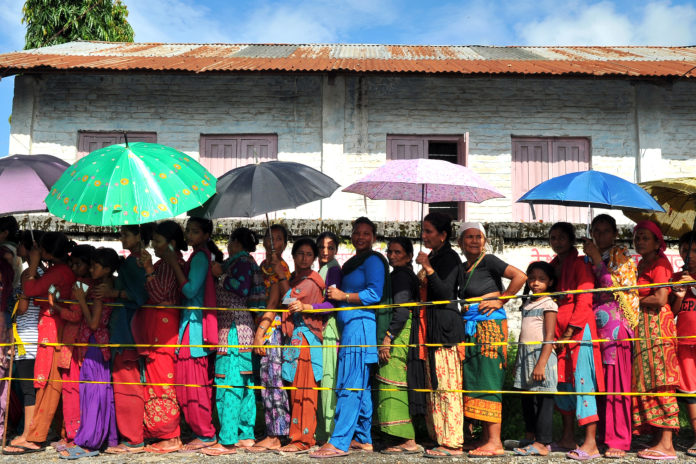Mumbai’s Dharavi, the largest slum in Asia has managed to being down COVID19 infection rates drastically by some proactive measures
From being the problem child to being a model to be showcased – Dharavi in Mumbai has travelled the distance.
On Sunday, as total COVID19 cases in the country touched 4,10,461 including 306 new deaths and 15413 overall deaths, the government of India issued a laudatory note on the management of the disease in Asia’s largest slum.
“Being densely populated (2,27,136 persons/ sq. km), Dharavi had 491 cases in April 2020 with a 12% growth rate and a case doubling period of 18 days. The proactive measures adopted by BMC reduced the COVID-19 growth rate to 4.3% in May 2020 and further to 1.02% in June. These measures also ensured an improved case doubling time to 43 days in May 2020 and 78 days in June 2020,” the statement reads.
COVID-19 growth rate reduced to 4.3% in May 2020 and further to 1.02 % in June. These measures also ensured an improved case doubling time to 43 days in May 2020 and 78 days in June 2020
Several challenges presented themselves to BMC in Dharavi where 80% population depends on community toilets. About 8-10 people live in households/hutment which measures about 10ft x 10ft coupled with existence of narrow lanes with 2-3 storied houses where often the ground floor is a house and other floors are used as factories. Hence, there were severe limitations of physical distancing with no possibility of effective ‘Home Quarantine’.
BMC adopted a model of actively following four T’s – Tracing, Tracking, Testing and Treating. This approach included activities like proactive screening. While 47,500 people were covered by doctors and private clinics in house-to-house screening, about 14,970 people were screened with the help of Mobile Vans, and 4,76,775 were surveyed by BMC health workers. Fever clinics were set up for screening high risk category such as elderly/senior citizens. This helped to screen 3.6 lakh people. Also, around 8246 Senior Citizens were surveyed and as part of its policy of ‘Timely Separation’, they were separated from the other community to effectively limit the transmission of the disease. In all, 5,48,270 people have been screened in Dharavi.
The suspected cases were shifted to well organized COVID Care Centres and Quarantine Centres. To tackle the issue of manpower to carry out proactive screening in high risk zones, BMC forged strategic public private partnerships in containment measures and all available ‘private’ practitioners were mobilized. BMC provided the private doctors with PPE Kits, thermal scanners, pulse Oxymeters, masks and gloves and started Door-to-Door screening in high risk zones and all suspects were identified. BMC encouraged all practitioners to open their clinics to attend to the patients and communicate to BMC in case any COVID1-9 suspects were found.
BMC sanitised the clinics of the private practitioners and provided them all necessary support. To augment health infrastructure in the city, all private hospitals were brought onboard and acquired for treatment.


